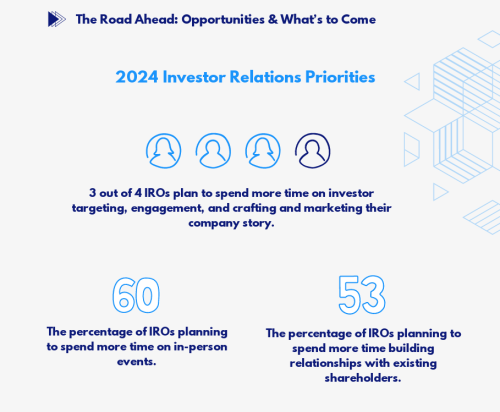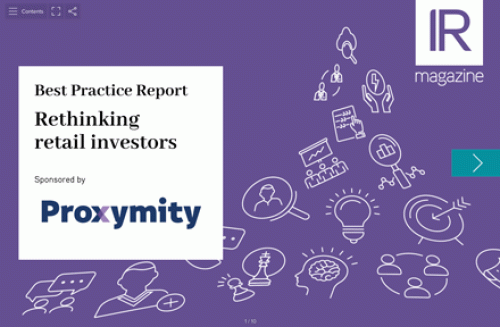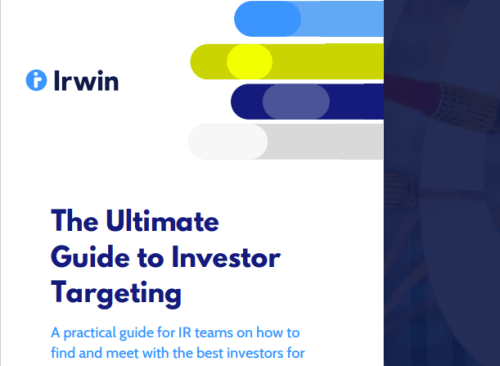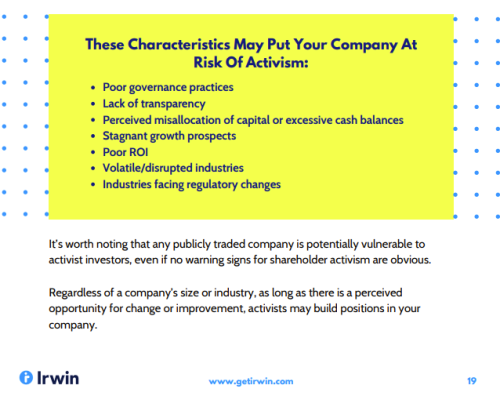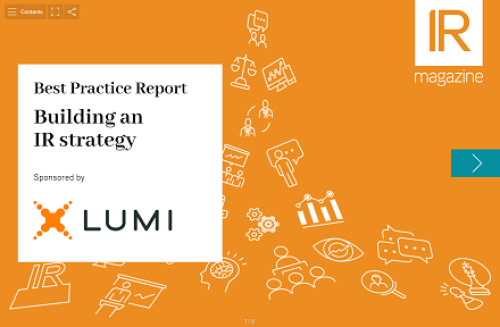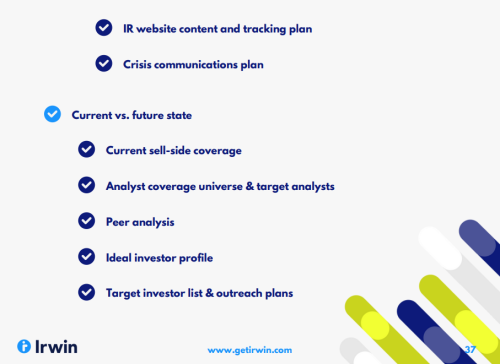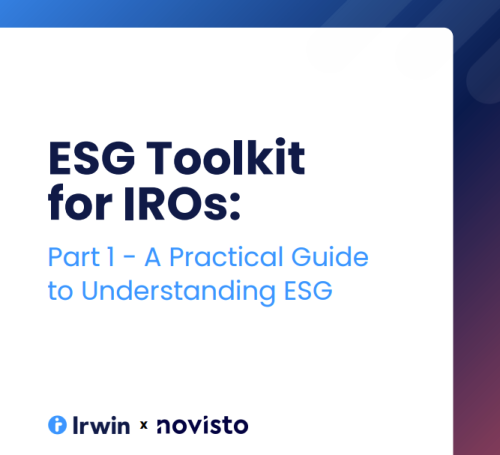You’re really working on building trust but once you have [SWFs] as investors, they really are investors for a long time
Five years ago, most sovereign wealth funds acted largely as index investors, taking stakes in major indices to get equity market exposure. That picture is now changing
At a glanceBringing in the moneyThe years following the financial crisis have seen some sovereign wealth funds (SWFs) bring more of their asset management in-house. Before 2012, the $773 bn Abu Dhabi Investment Authority farmed out 80 percent of its asset management to external managers – that figure now stands at 65 percent.Slowing growth Total assets under management controlled by SWFs have passed the $7 tn mark, though the average 12 percent growth seen over the past five years is
You need to register to access 3 free deep dive articles per month. To continue reading please register or login below..
- Unlimited deep dives
- Data-driven research around key topics
- Buy-side insights
- Benchmarking reports
From
$1495


